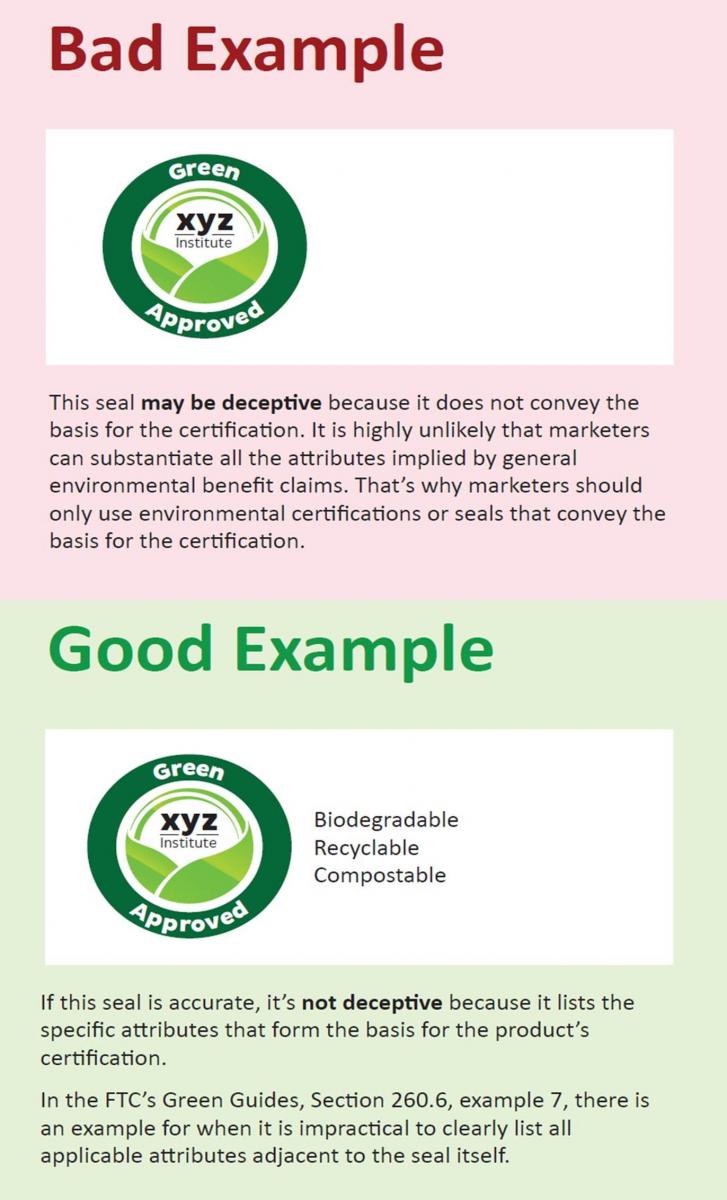FTC rules on advertising sunscreen as “all natural.”
The Federal Trade Commission has ruled that California Naturel, Inc. falsely advertised its sunscreen product as “all natural” in violation of the FTC Act. Despite the company’s “all natural claim,” the sunscreen contains 8% dimethicone, a synthetic substance.
Last week, the Commission issued an order [PDF] prohibiting California Naturel from misrepresenting the ingredients or composition of its products, including whether the product is “all natural” or “100% natural” or any environmental or health benefits of the product. The company must have competent and reliable scientific evidence supporting its claims about the content and ingredients in its products. The Order also requires California Naturel to submit a report to the Commission, within 60 days, detailing its compliance with the Order.
In April, we reported that the FTC proposed settlements with four other personal care product manufacturers and issued an administrative complaint to California Naturel for marketing sunscreen as “all natural” even though it contained dimethicone. California Naturel also advertised that it “uses only the purest, most luxurious and effective ingredients found in nature.” The company did not dispute that the product contained 8% dimethicone, nor that dimethicone is a synthetic ingredient.
According to the Commission’s Opinion [PDF], California Naturel added a disclaimer at the bottom of the product webpage in early 2016, after the FTC began its investigation, stating: “The FTC requires us to add the following: ‘Dimethicone, a synthetic ingredient, is 8% of the sunscreen formula, the remaining 92% are natural products.’” However, the Commission found that the net impression created by California Naturel’s advertising conveyed to consumers that the sunscreen was “all natural.”
The Commission (except for Commissioner Ohlhausen, who dissented in part [PDF]) found that the disclaimer was not sufficiently conspicuous to change the overall message that the sunscreen is “all natural.” In particular, the Opinion criticized the disclaimer’s distance from the product’s “all natural” claims, noting that it was “not visible at all without scrolling down” and “well below the website’s ‘Add to Cart’ button so consumers are invited to purchase the product before they would even see the disclaimer.” FTC has previously issued guidance on online disclosures that urged marketers to place disclosures before “order now” or “add to shopping cart” links.
The Commission was also unpersuaded that the website’s disclosure of the product’s dozens of ingredients rendered the marketing “transparent.” The Commission pointed out:
All of the ingredients are in the same font and font size, and nothing on the face of the list identifies dimethicone as a synthetic ingredient. …If the cursor is properly positioned, this webpage identifies dimethicone as a “silicone-based polymer.” [I]t is reasonable for a consumer to rely on express claims, and thus that they should not be required to search for and dig out information that contradicts what an advertisement expressly and prominently conveys. Indeed, we expect consumers to rely on express statements such as the “all natural” representation at issue here, and to interpret such statements as meaning what they say.
The Commission concluded that the “all natural” claim was false and misleading because the product contains 8% of a synthetic ingredient. Further, the Commission rejected California Naturel’s proposed defense that there is no regulatory definition specifying the percentage of natural ingredients required to qualify as “natural,” since the company made the express claim that the product is “all natural.”
The Commission’s Opinion is a significant interpretation of the meaning of “all natural” claims, which are not addressed in FTC’s Green Guides guidance on environmental marketing. Here, the Commission cited court cases for the proposition that an “all natural” claim means that the product contains only ingredients found in nature. The Opinion also suggests that a properly qualified “natural,” or “92% natural” claim might have passed muster.

 ause it is unlikely that companies can substantiate the vast array of claims that consumers can potentially interpret from an unqualified environmental certification seal, the FTC urges against using “seals that do not convey the basis for the certification.” The FTC’s blog post also includes a helpful visual illustrating good and bad examples of using an environmental certification seal (at right):
ause it is unlikely that companies can substantiate the vast array of claims that consumers can potentially interpret from an unqualified environmental certification seal, the FTC urges against using “seals that do not convey the basis for the certification.” The FTC’s blog post also includes a helpful visual illustrating good and bad examples of using an environmental certification seal (at right):